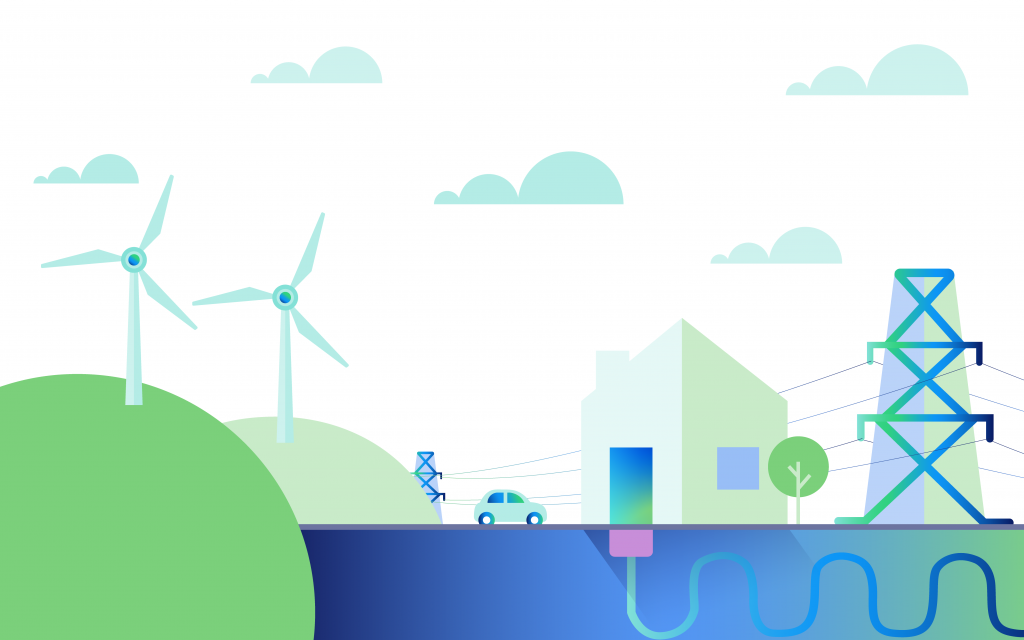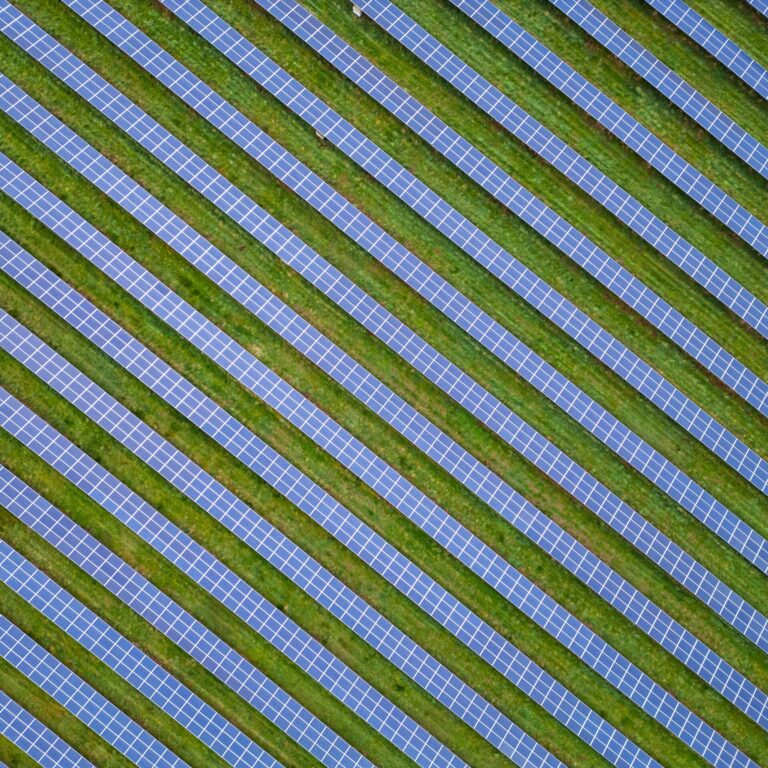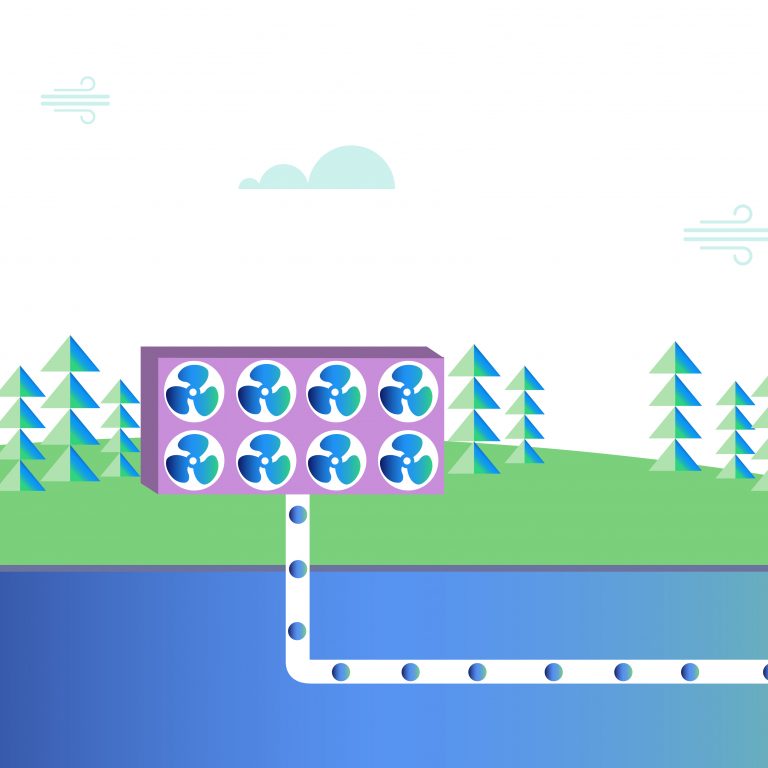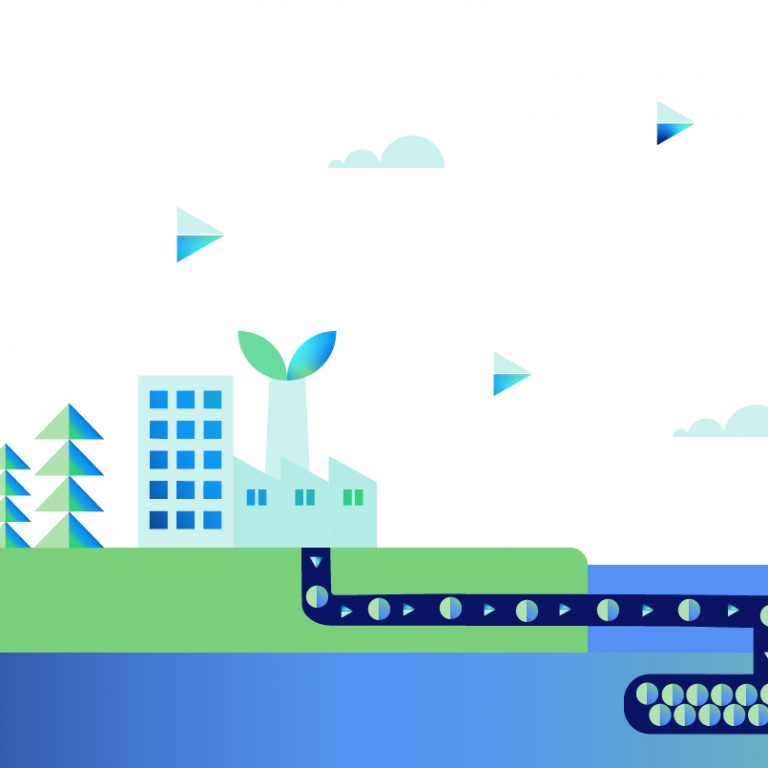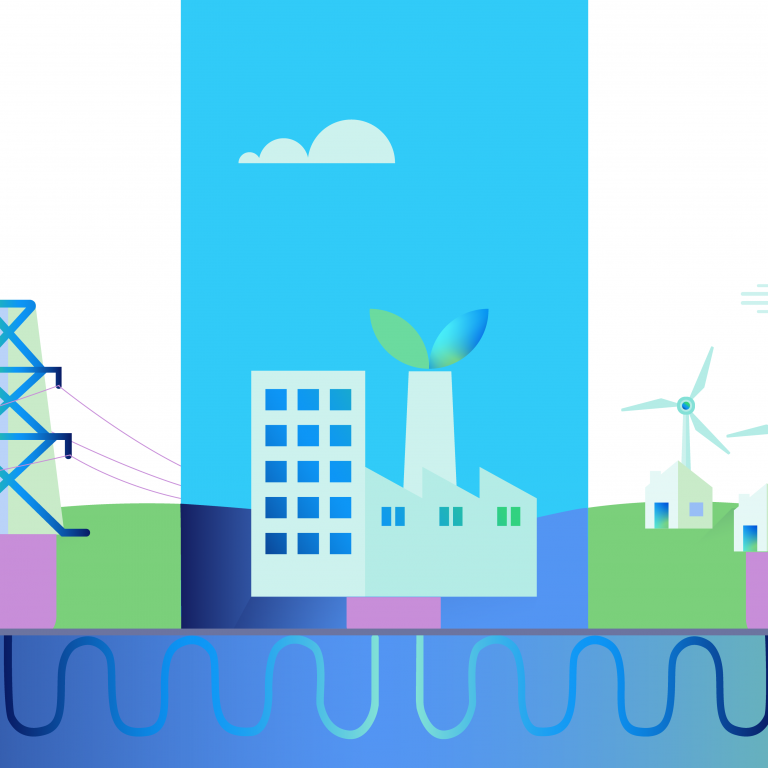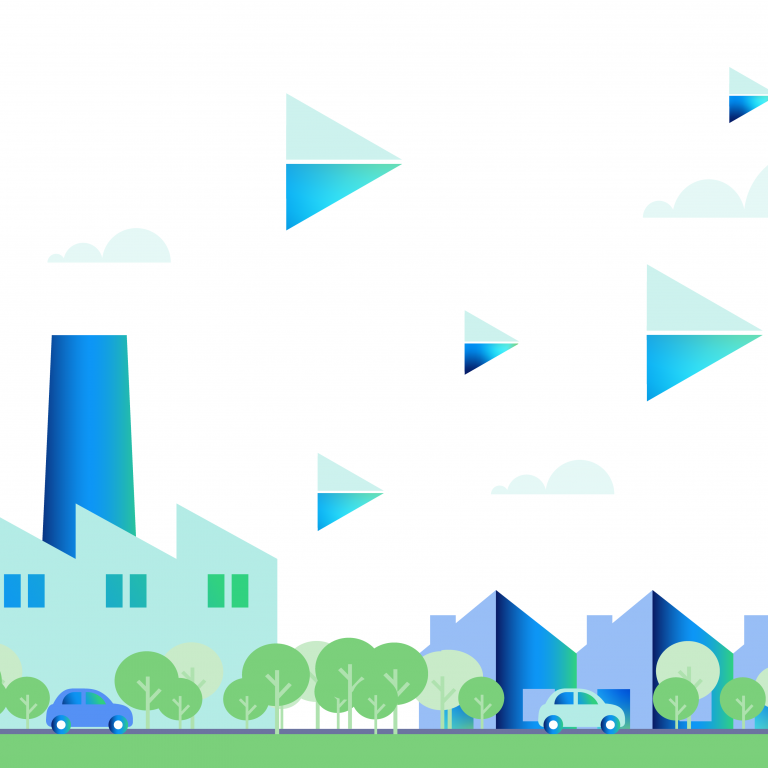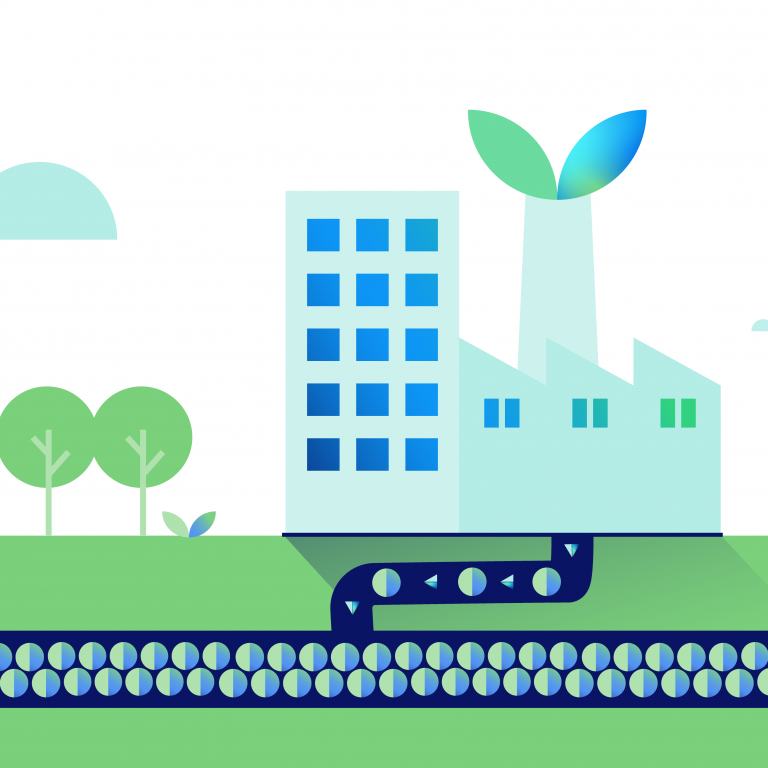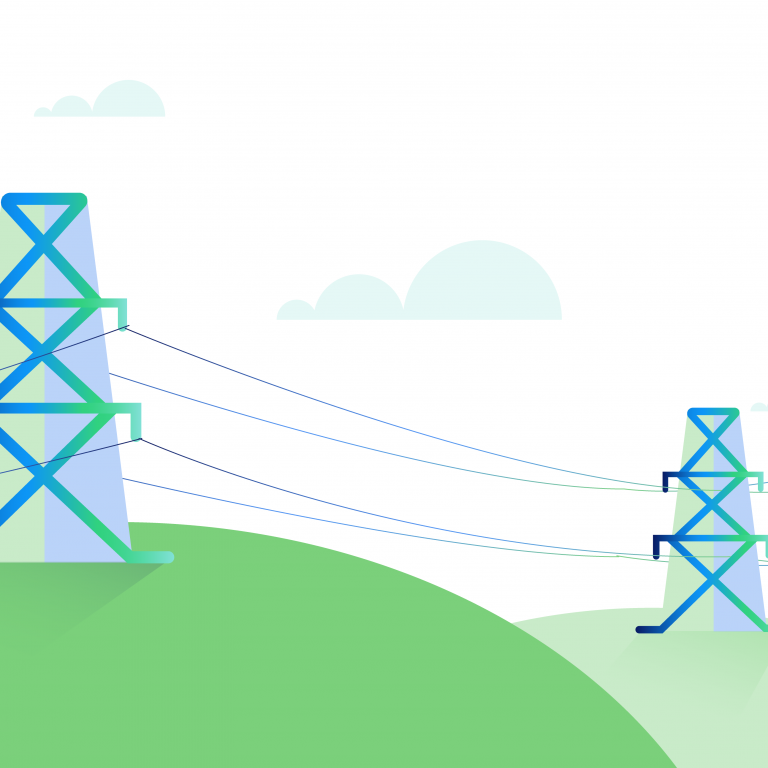What is the grid?
The national grid, or simply the grid, is the network of powerlines, pylons, gas lines and interconnectors that makes up Great Britain’s electricity and gas systems — and the engineers, technology and rules responsible for their seamless operation. It ensures electricity generated anywhere, by any source, can be transmitted to meet the demand for power wherever it’s needed across the country. It heats homes and businesses. It helps us to cook our food.
The national electricity grid consists of a high voltage transmission system, which connects electricity from power stations to substations and smaller local networks – called Distribution Network Operators, or DNOs – which transport electricity into homes and businesses.

How does it work?
Transporting electricity around the grid is more complicated than just connecting cables to power generators. In order to move power around the country, things like voltage and frequency of electricity must be balanced and kept uniform at all times. Without this, unstable electricity could damage equipment and ultimately lead to blackouts.
The National Grid Electricity System operator (ESO) is a separate entity from the National Grid company, and is responsible for maintaining the correct voltage, frequency and reserve power levels to ensure electricity is transmitted safely and efficiently at all times.
It does this by working with power generators and energy storage facilities to provide what are known as ‘ancillary services’ – a set of processes that keep the power system in operation, stable and balanced.
The national grid is the network of power stations, powerlines and electricity infrastructure that allows electricity to be generated, transported and used across the country.
Who controls it?
In Great Britain the National Grid company owns and operates the transmission systems which ensure electricity is delivered safely and reliably across the country.
The local distribution system is made up of 14 regional DNO companies, which deliver electricity at a lower voltage from substations to homes and businesses.
Great Britain’s grid incudes England, Scotland, Wales and several surrounding islands. Northern Ireland is part of an island-wide electricity system with the Republic of Ireland.
National grid fast facts
- Great Britain’s grid is made up of more than 7,000 kilometres of cables, 90,000 pylons, 346 substations, and 1,500 kilometres of underground cables
- Construction of the grid began on 14 July 1928 and was completed on 5 September 1933
- It was originally designed to operate as 7 separate, connected grids, before a group of rebellion engineers attempted to run it as one on 29 October 1938. It has run as one grid ever since
- A decade ago, Britain had 80 individual points of generation to manage. Today there are nearly one million
- All electricity in Great Britain operates at a frequency of 50Hz. A deviation of just 1% above or below could cause damage
How is the grid changing?
As the sources that generate Great Britain’s electricity change to include more renewables, the grid has also changed.
The grid was built to work with large power stations that operate huge spinning turbines. With decarbonisation it’s evolved to include a greater variety of intermittent weather dependent sources such as wind, solar and decentralised power sources that serve individual buildings or communities.
This makes managing the grid’s stability more complicated, and requires the use of more ancillary services, usually delivered by flexible generators such as thermal power stations.
Go deeper
- Could Great Britain go off grid?
- The great balancing act: what it takes to keep the power grid stable
- Your neighbourhood electricity network
- Why spin a turbine without generating power?
- National Grid: Network in numbers
- Great Britain’s smart grid to revolutionise energy sector






